Reverse osmosis membrane filtration
Desalinization process
GENERAL SPECIFICATIONS
- Cylindrical feed tank in PE.
- Reverse osmosis module
High pressure carter.
Spiral type membrane
- High pressure gear pump.
- Graduate permeate tank with removable lid.
- Graduate retentate tank.
- 2 beakers 1 L for sampling.
Instrumentation
- Flowmeters
- Manometers.
- Level sensor.
- Combined probes (conductivity and temperature) with electronic indication.
Dim : 210 x 70 x 180 cm – 150 kg
SS tubular framework 40 x 40mm
Osmosis and reverse osmosis
Osmosis entails transferring a solvent (generally water) through a semi-permeable membrane due
to the action of a difference in concentration. The transfer is complete when the two concentrations are
equal and equilibrium is reached.
If a pressure is applied on the surface of the concentrated salt solution, the solvent flow reduces to zero.
This pressure applied to cancel out the solvent flow is known as the osmotic pressure.
If the pressure applied is greater than the osmotic pressure, the solvent flow is reversed.
The phenomenon is the principle behind reverse osmosis filtration. A concentrated salt solution circulates
at high pressure over the surface of a membrane.
The solvent (pure water) passes through the membrane, forming the permeate; the solution is depleted in
solvent and leaves the module with a higher salt concentration, resulting in the concentrate
Study of essential parameters of the osmosis process
The osmotic pressure of the water
The permeability of the membrane
The rejection and conversion rate of the reverse osmosis module
Optimization of a process of osmosis
Determination of the operational conditions ideal for attaching the amount and quality of the permeate

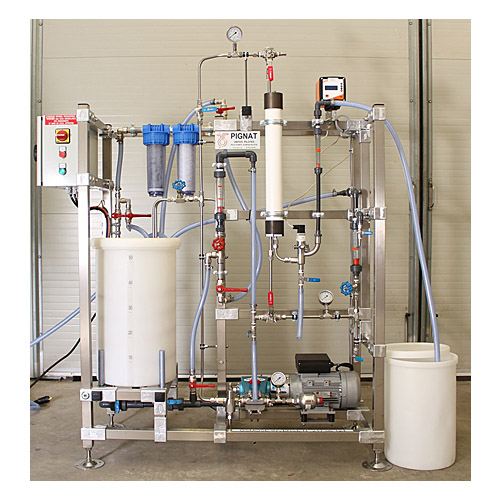
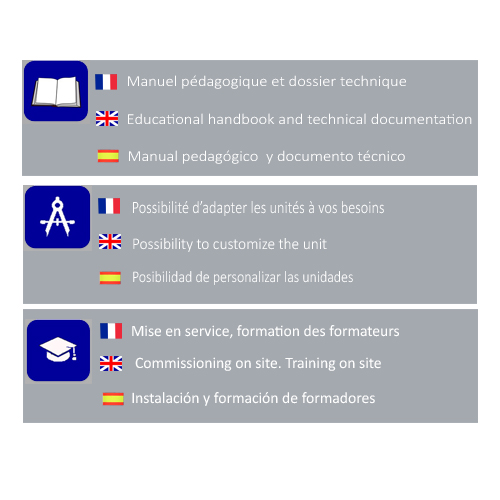


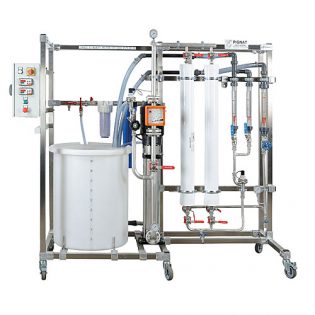

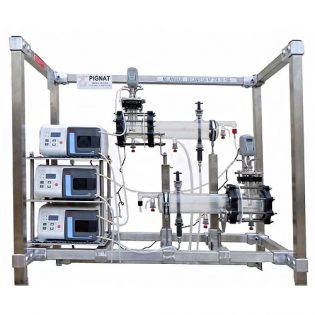
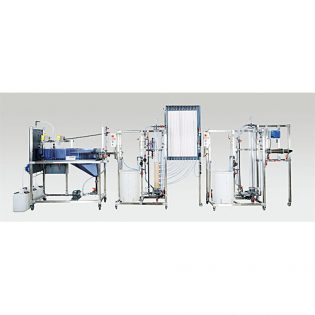
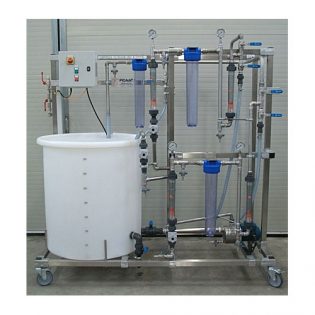
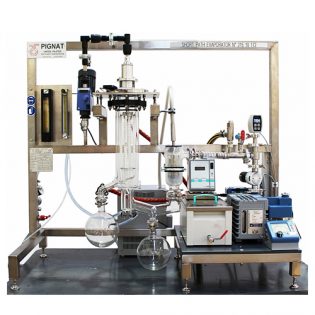
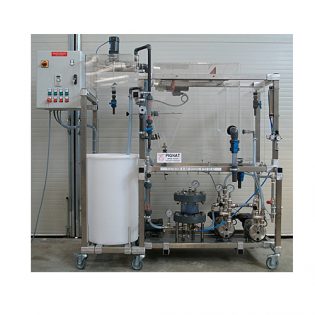
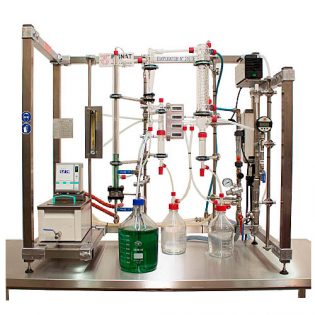
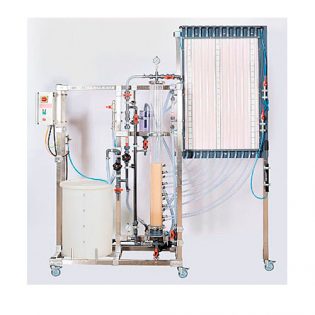
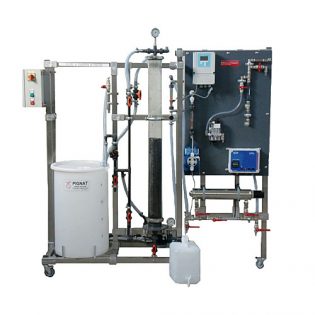
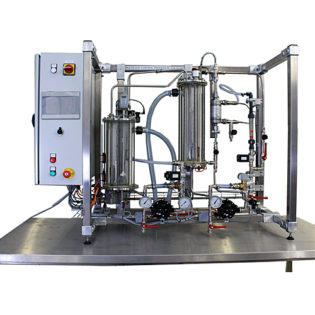
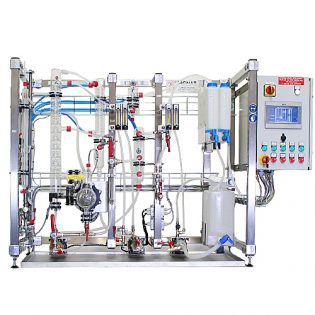
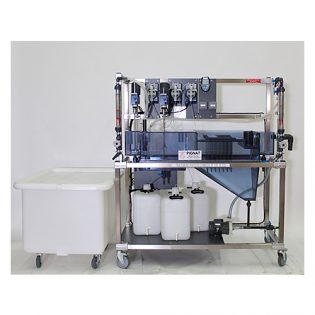
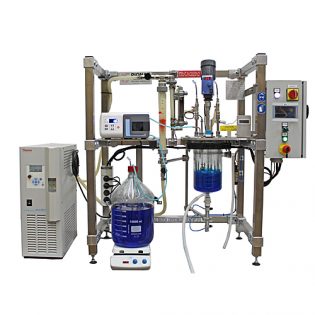
 PIGNAT et ses partenaires utilisent des Cookies strictement nécessaires, de navigation et marketing et publicitaires. Pour plus d'informations, consultez notre “politique de cookies". Acceptez le dépôt de tous nos cookies en cliquant sur "J'accepte" ou sélectionnez les catégories de cookies déposés en cliquant sur "Voir les préférences” sinon refusez nos cookies non strictement nécessaire en cliquant sur "Je refuse”.
PIGNAT et ses partenaires utilisent des Cookies strictement nécessaires, de navigation et marketing et publicitaires. Pour plus d'informations, consultez notre “politique de cookies". Acceptez le dépôt de tous nos cookies en cliquant sur "J'accepte" ou sélectionnez les catégories de cookies déposés en cliquant sur "Voir les préférences” sinon refusez nos cookies non strictement nécessaire en cliquant sur "Je refuse”.